Welcome to our guide on caring for the Chinese Quince Bonsai (Pseudocydonia sinensis). This stunning bonsai tree requires specific care to thrive and enhance the beauty of any space. In this article, we will simplify the process of caring for your Chinese Quince Bonsai, covering topics such as appearance, light requirements, watering, fertilizing, potting, propagation, and how to deal with pests and diseases. By following these simplified care tips, you can create a captivating and flourishing Chinese Quince Bonsai.
Key Takeaways:
- The Chinese Quince Bonsai, scientifically known as Pseudocydonia sinensis, is a beautiful bonsai tree that requires specific care to thrive.
- Ensure your Chinese Quince Bonsai receives ample sunlight and is well-ventilated to promote healthy growth.
- Keep the rootball of your bonsai slightly moist, especially during the summer season.
- Fertilize your Chinese Quince Bonsai every four weeks with a balanced fertilizer to promote flowering and fruit development.
- Repot your Chinese Quince Bonsai every two to five years using a well-draining soil mix.
Appearance of Chinese Quince Bonsai
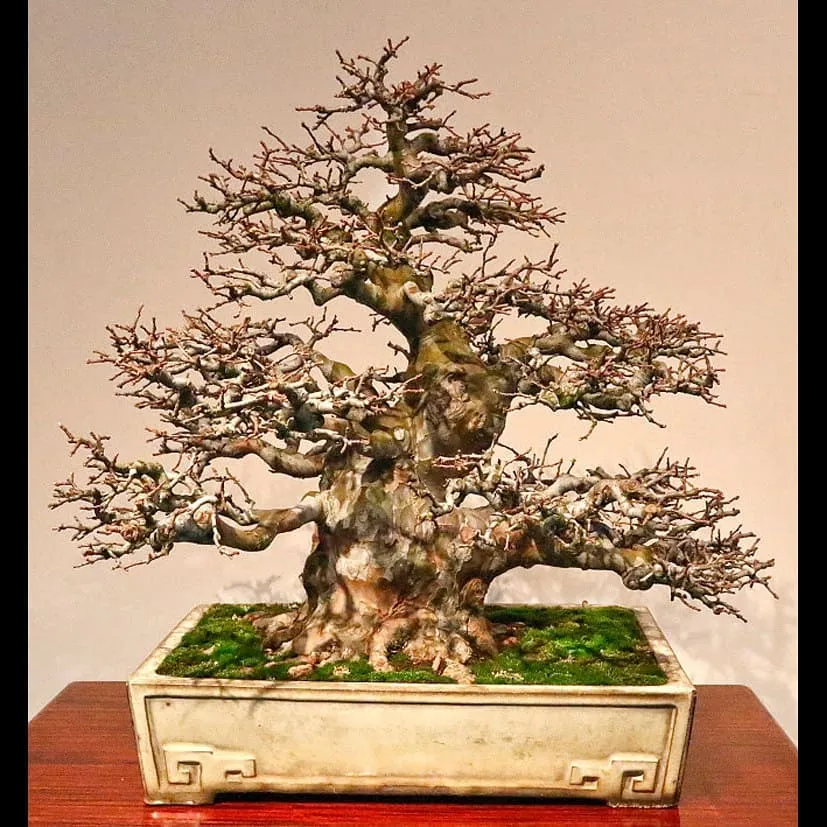
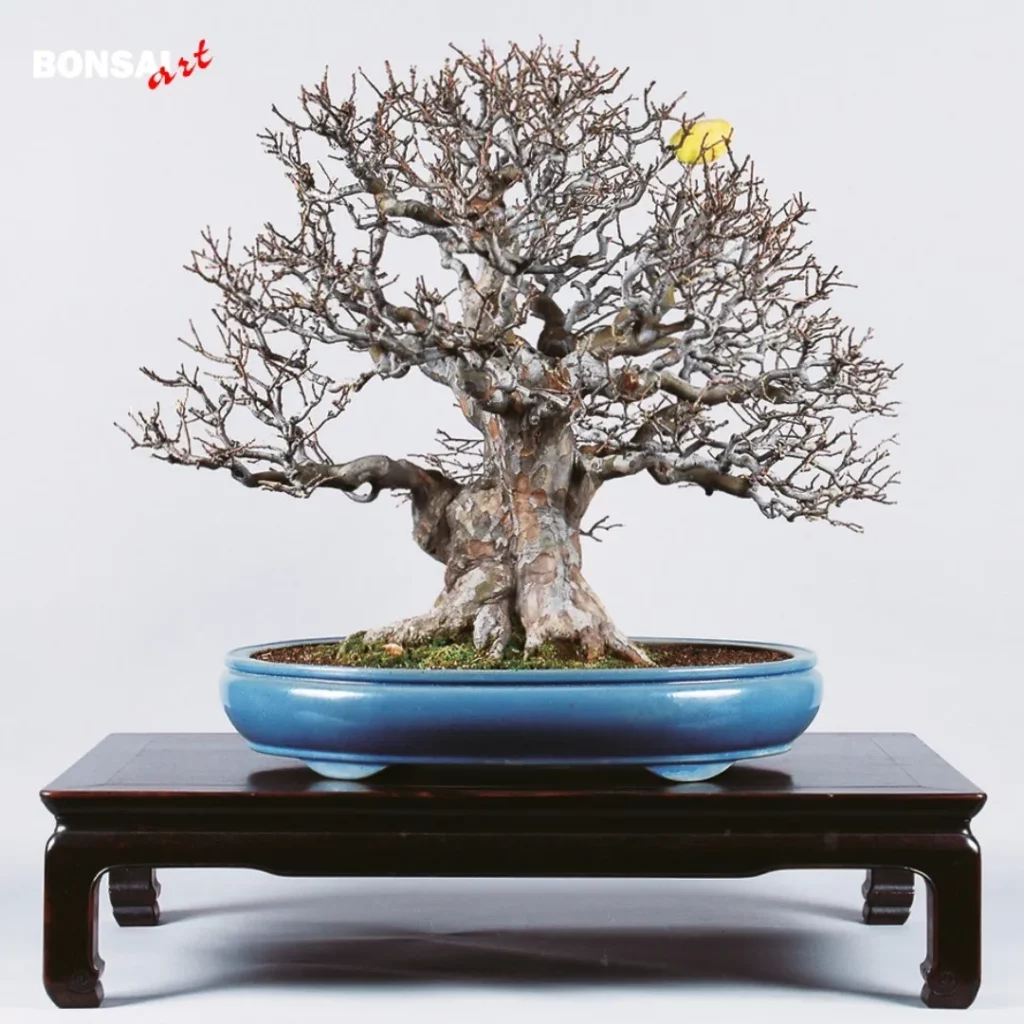
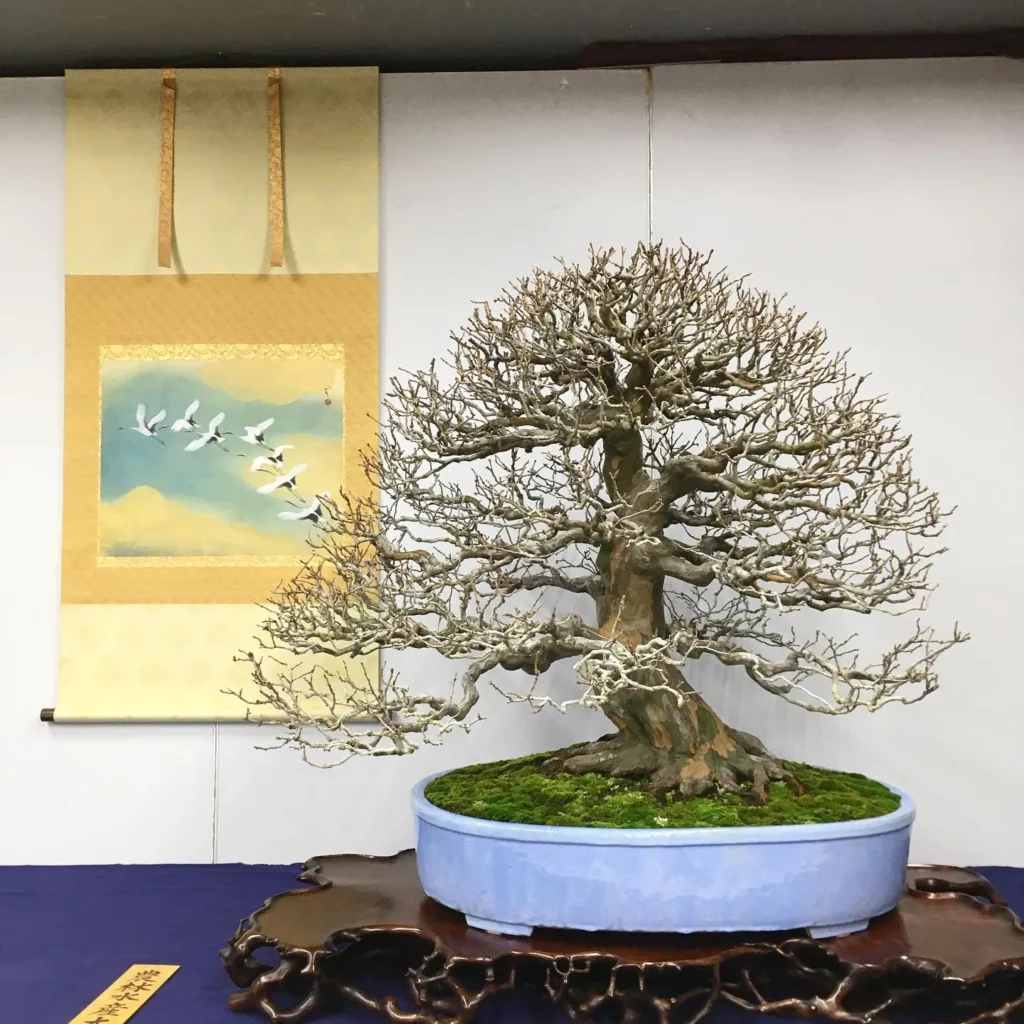
The Chinese Quince Bonsai is a visually striking tree that adds a touch of elegance to any bonsai display. It features glossy dark green leaves that are larger in size compared to other bonsai trees, creating a lush and vibrant canopy. During the spring season, the Chinese Quince Bonsai blossoms with beautiful pink flowers, adding a pop of color to its overall appearance. As the season progresses, the tree develops oval bright yellow fruits that have a smooth skin, creating a delightful contrast against the deep green foliage.
Not only does the Chinese Quince Bonsai showcase its beauty through its leaves and flowers, but its bark also contributes to its appeal. The smooth dark brown bark peels off in patches as the tree grows, revealing lighter spots underneath. This gives the tree a unique and textured look, adding to its overall charm. In the autumn, the leaves of the Chinese Quince Bonsai turn vibrant shades of orange and red before gracefully falling, creating a captivating display of seasonal colors.
Key Features of Chinese Quince Bonsai:
- Glossy dark green leaves
- Pink flowers in spring
- Large oval bright yellow fruits
- Smooth dark brown bark with peeling patches
- Leaves turn vibrant shades of orange and red in autumn
Light Requirements for Chinese Quince Bonsai
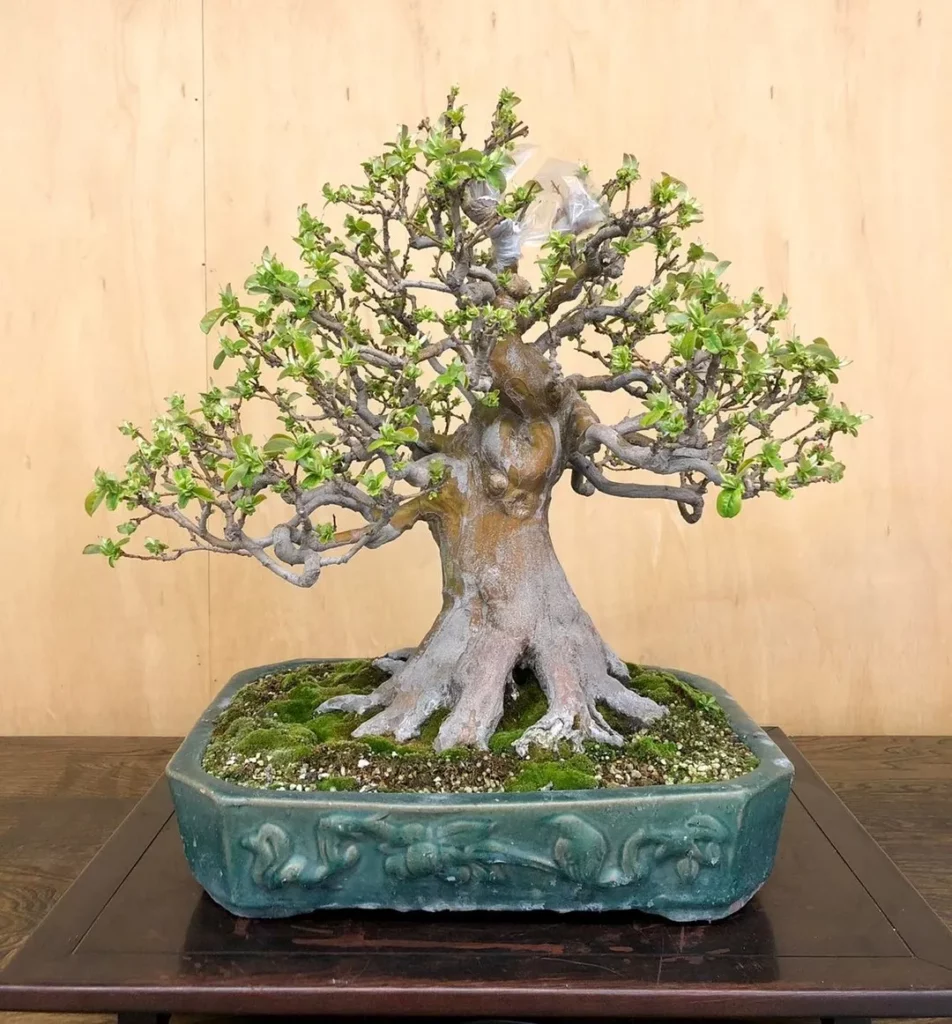
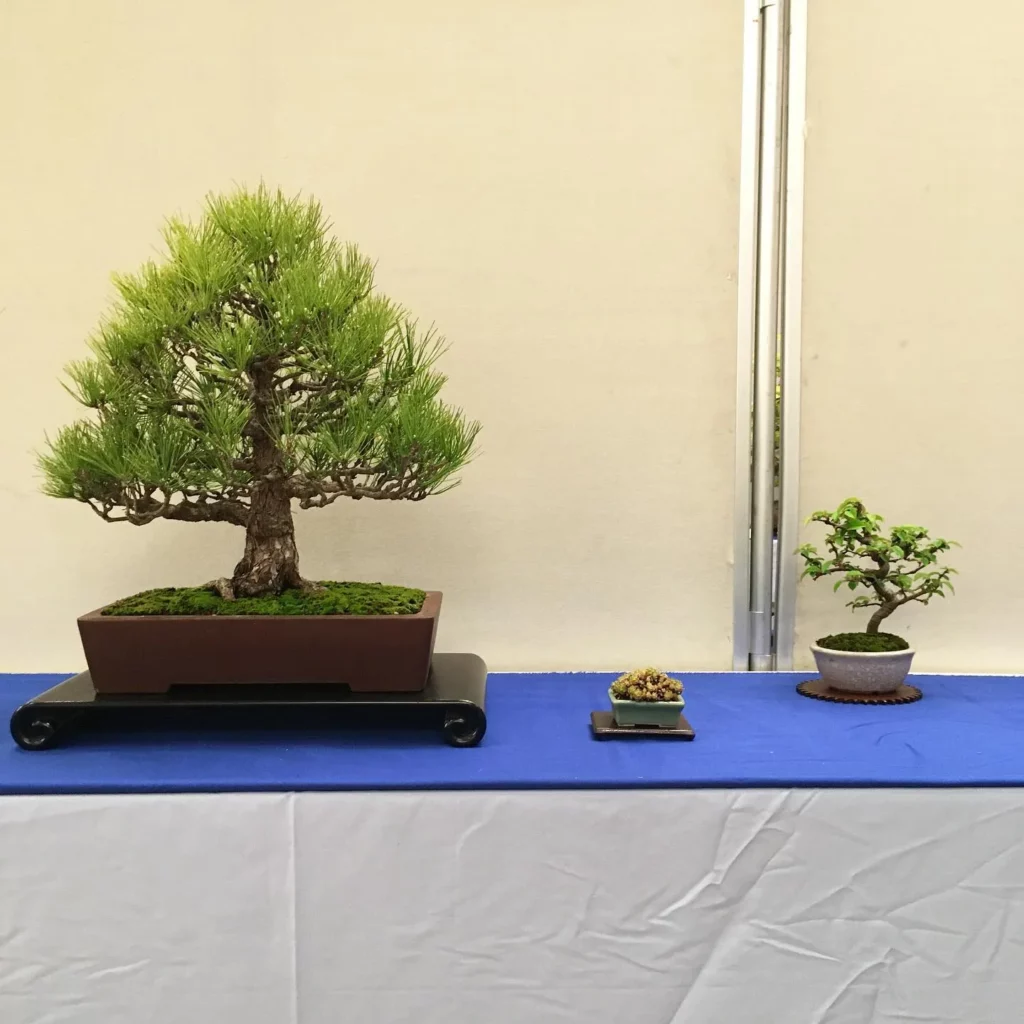
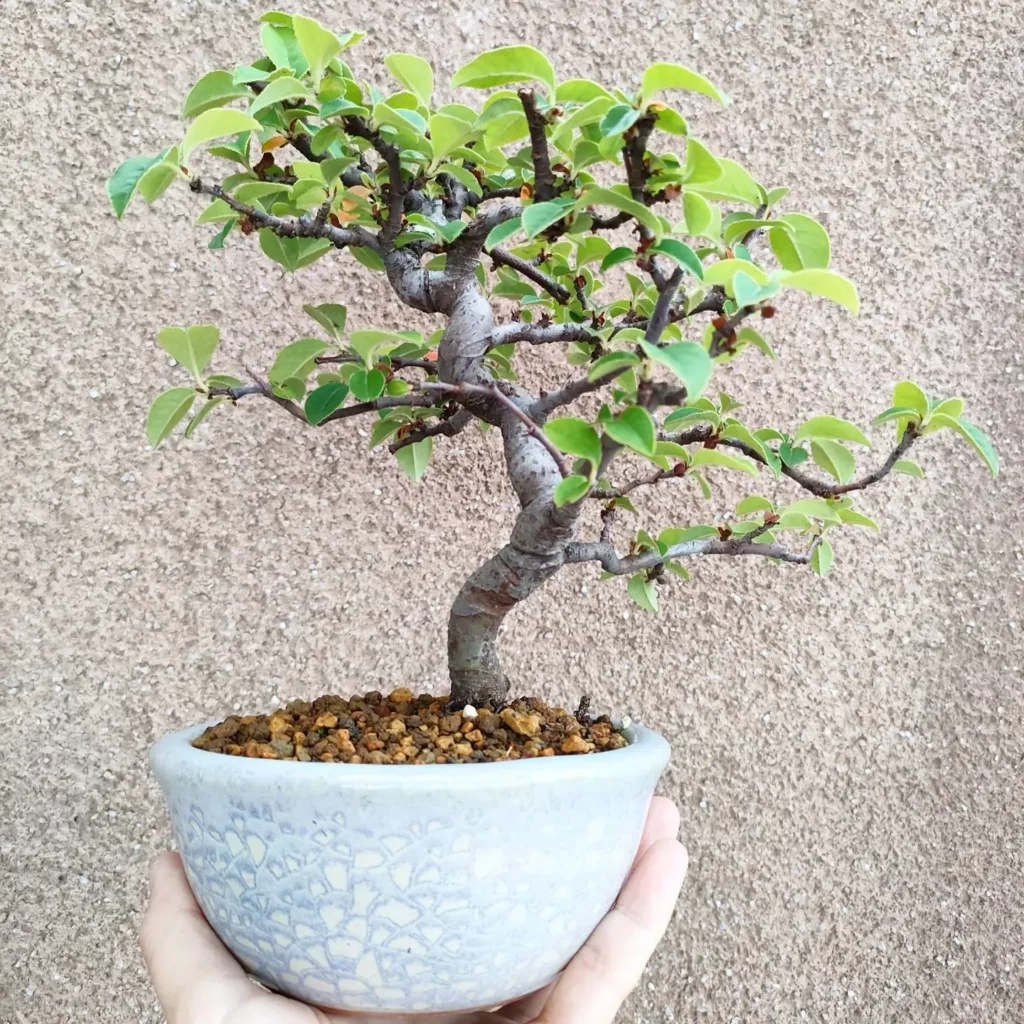
The Chinese Quince Bonsai thrives in a sunny and warm environment. It requires direct sunlight to promote healthy growth, flowering, and fruit development. Place your Chinese Quince Bonsai in a spot that receives ample sunlight and is well-ventilated.
1. Find the perfect spot
Choose a location for your Chinese Quince Bonsai where it can receive at least 6-8 hours of sunlight each day. This can be a sunny window sill, a balcony, or even a well-lit outdoor area. Ensure that the spot is sheltered from strong winds and has good airflow.
2. Monitor sunlight exposure
Keep an eye on the intensity of sunlight your bonsai receives throughout the day. If the sunlight is too intense and may scorch the leaves, consider providing some shade during the hottest part of the day using a sheer curtain or a light shade cloth.
3. Rotate your bonsai
To ensure even growth and prevent the tree from leaning towards the light source, rotate your Chinese Quince Bonsai every few weeks. This will help all sides of the tree receive equal exposure to sunlight.
Watering the Chinese Quince Bonsai
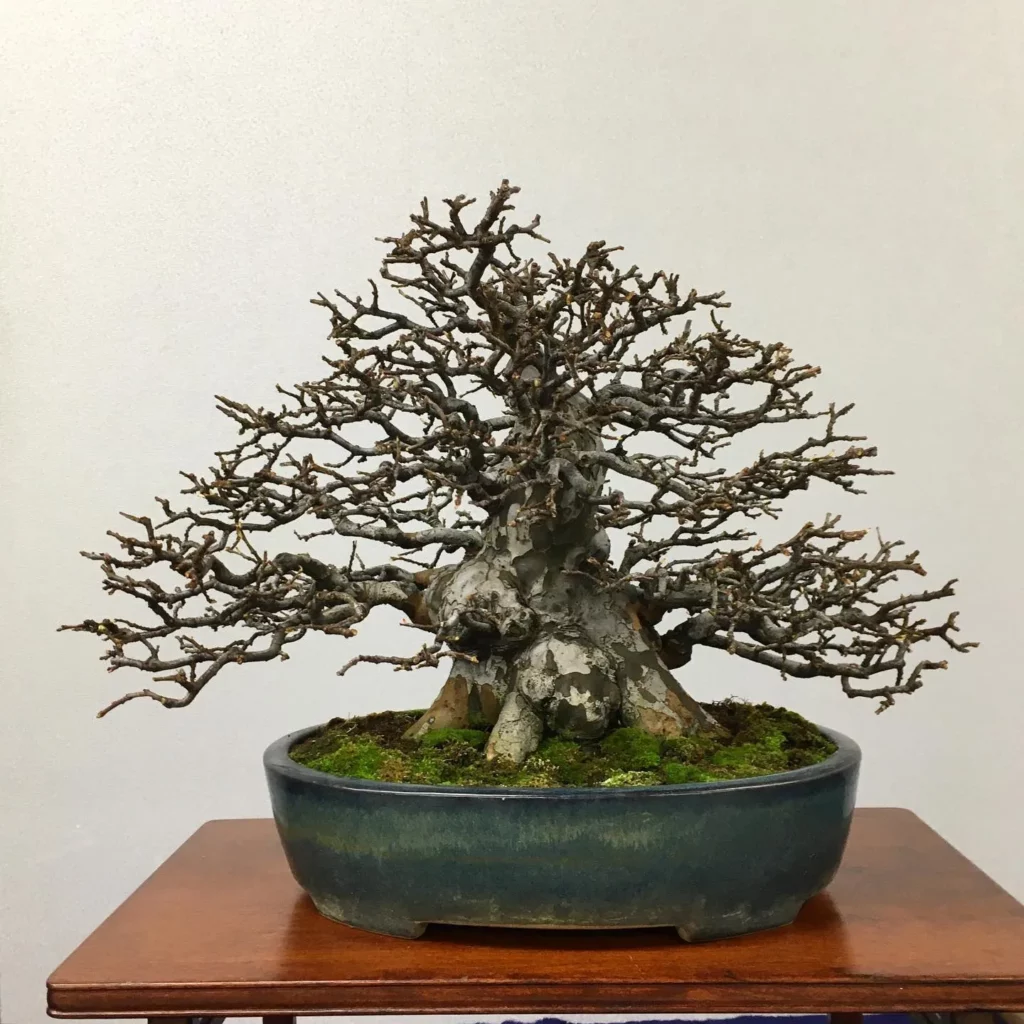
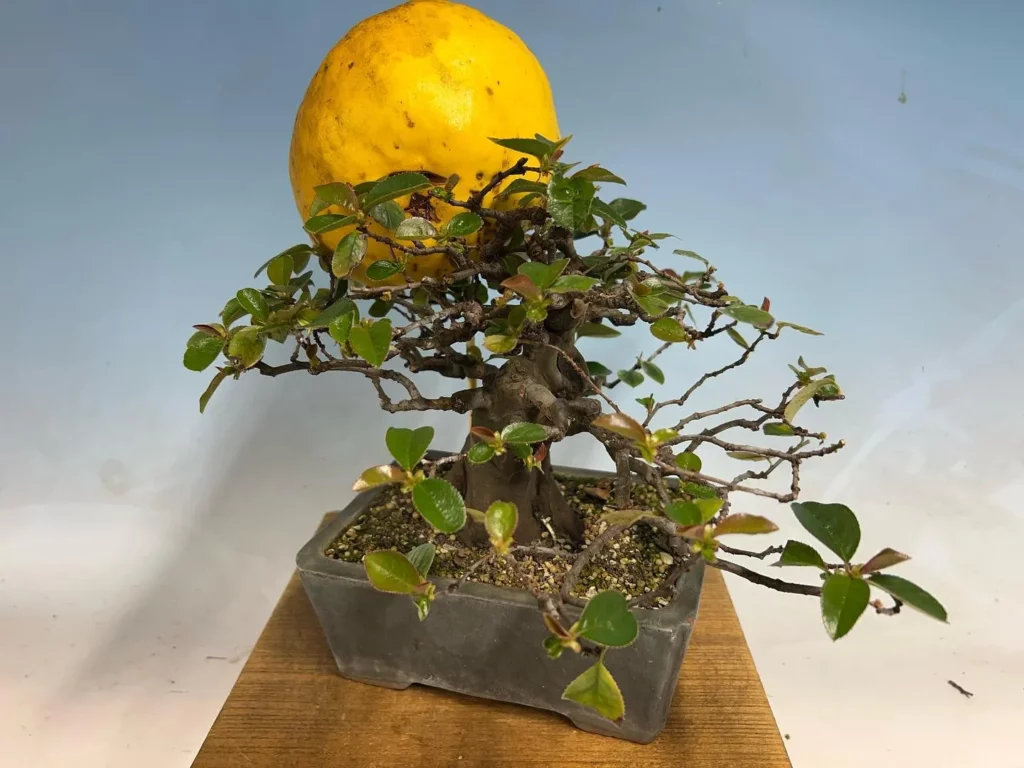
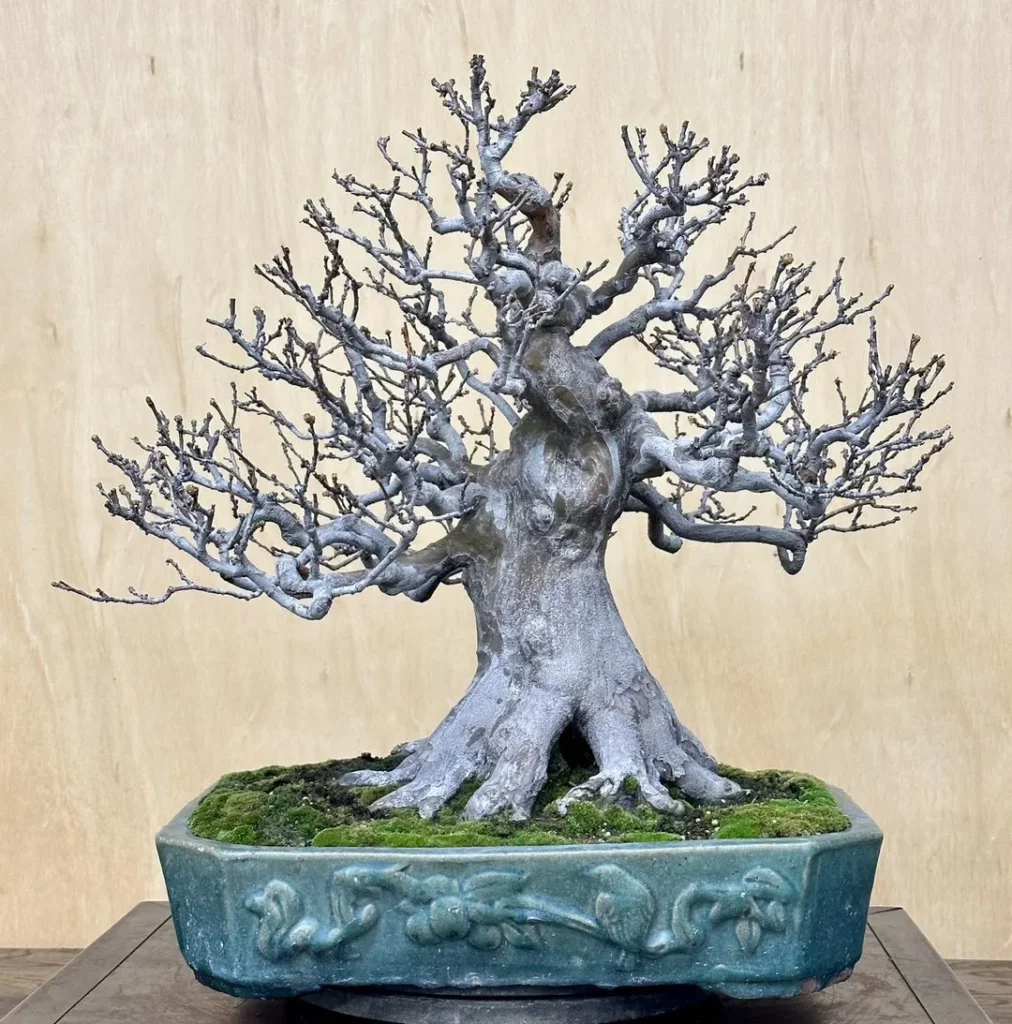
Maintaining the proper moisture level in the rootball of your Chinese Quince Bonsai is crucial for its overall health. The rootball should always be slightly moist, especially during the summer when the tree is blooming and producing fruits. To ensure adequate watering, regularly monitor the moisture levels by gently inserting your finger into the soil.
When watering, make sure to water the entire rootball evenly, allowing the water to penetrate the soil. Avoid overwatering, as it can lead to root rot and other issues. It’s best to water your Chinese Quince Bonsai when the top inch of the soil feels dry to the touch. This frequency may vary depending on the climate and humidity levels in your area.
One effective watering technique is submerging the entire pot in a tub of water until no more air bubbles rise to the surface. This allows the roots to absorb water from the bottom up and ensures thorough hydration. However, be sure not to leave the bonsai submerged for too long, as it can lead to waterlogged roots.
Watering Tips for the Chinese Quince Bonsai:
- Regularly monitor the moisture levels by checking the soil’s dryness.
- Water the rootball evenly, ensuring adequate penetration of water.
- Avoid overwatering to prevent root rot.
- Submerge the entire pot in water for a thorough watering, but avoid leaving it submerged for too long.
Fertilizing the Chinese Quince Bonsai
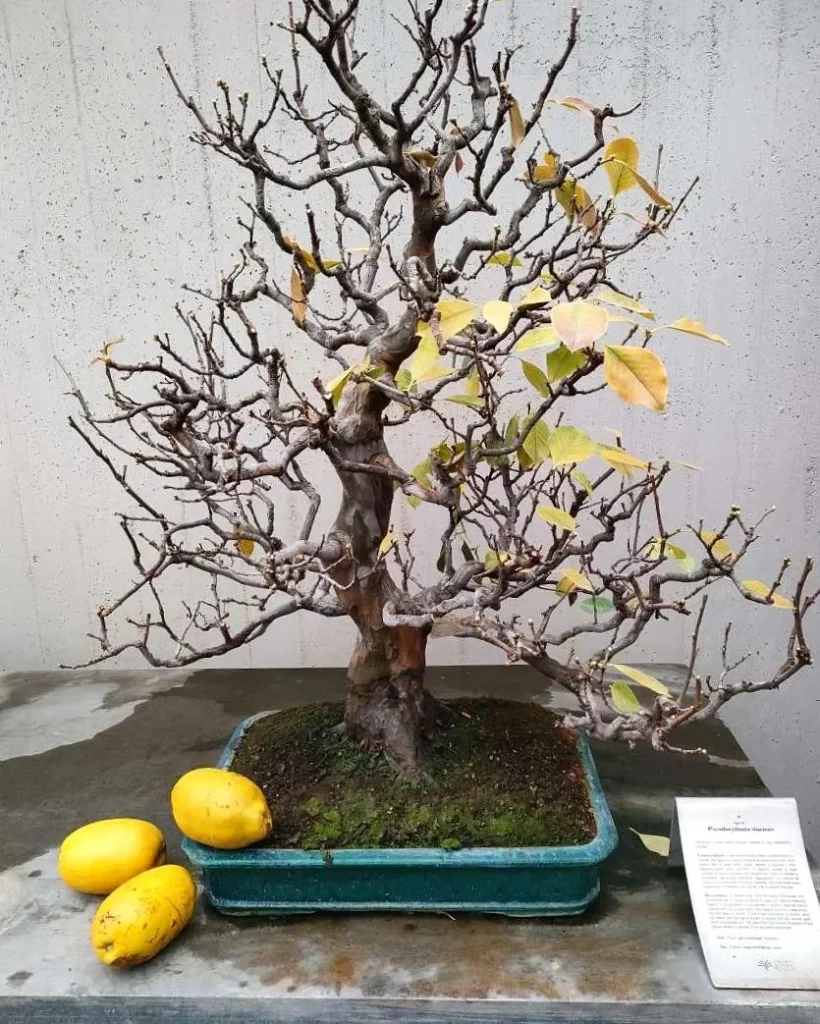
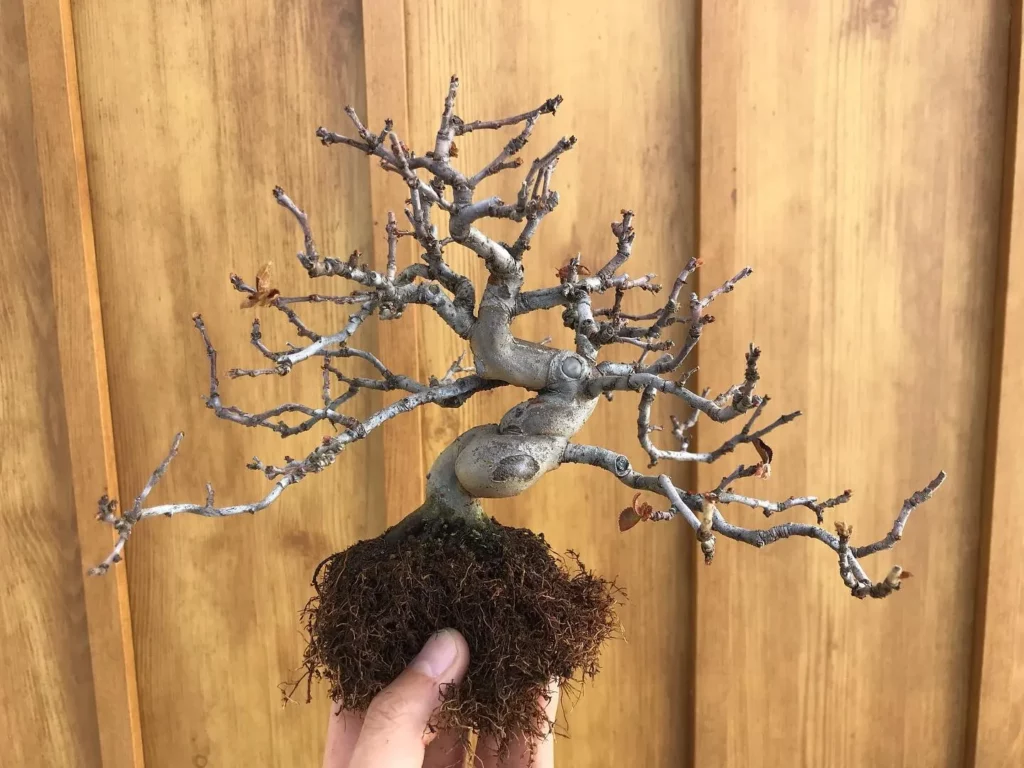
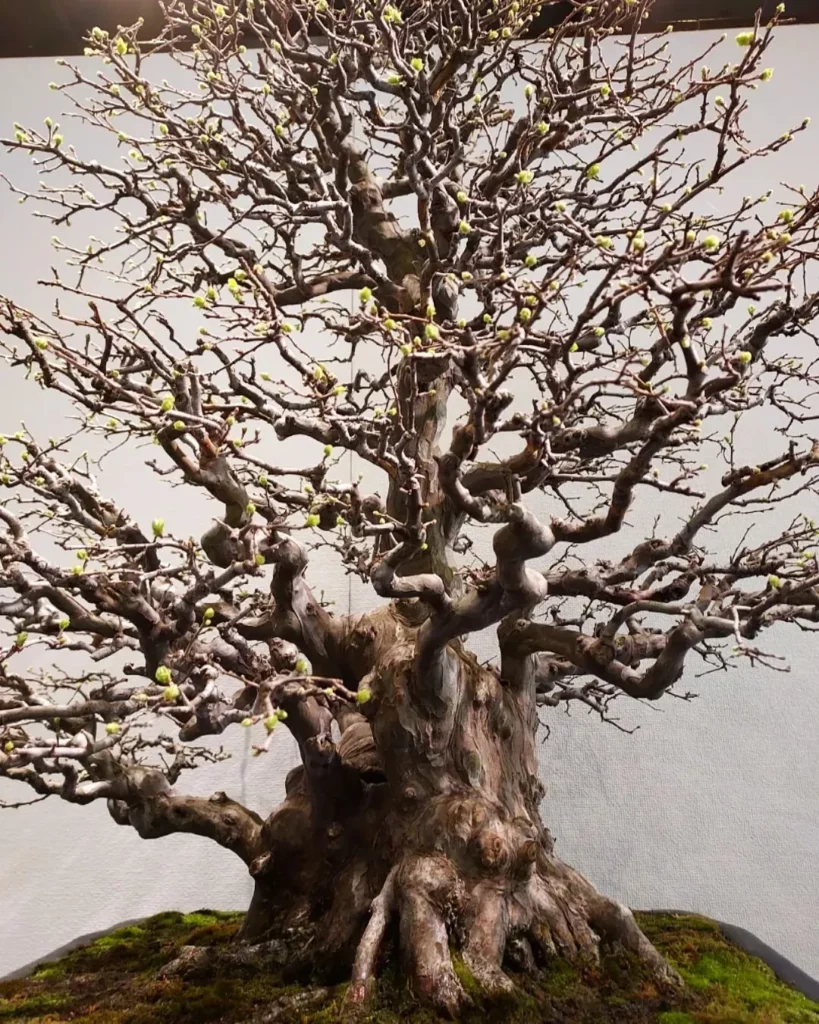
Fertilizing your Chinese Quince Bonsai is an essential part of its care routine. By providing the right nutrients, you can promote healthy growth, vibrant flowers, and abundant fruit development. When it comes to fertilizing your bonsai, there are a few key points to keep in mind.
Using Organic Fertilizer
Using organic fertilizer is highly recommended for your Chinese Quince Bonsai. Organic fertilizers provide a slow and steady release of nutrients, which helps avoid the risk of over-fertilizing. Look for a high-quality organic fertilizer that is specifically formulated for bonsai trees. This will ensure that your Chinese Quince Bonsai receives the necessary nutrients without causing any harm.
Choosing a Balanced Fertilizer
When selecting a fertilizer for your Chinese Quince Bonsai, opt for a balanced formula that contains adequate amounts of phosphorous and potassium. Phosphorous is important for root development, flowering, and fruiting, while potassium helps improve overall plant health and disease resistance. A balanced fertilizer will provide your bonsai tree with all the essential nutrients it needs for optimal growth and vitality.
Fertilizing Frequency
Regular fertilizing is key to maintaining the health of your Chinese Quince Bonsai. During the growing season, which is typically from spring to early autumn, fertilize your bonsai every four weeks with a solid organic fertilizer or use a liquid fertilizer once a week. This consistent supply of nutrients will support strong, vigorous growth and enhance the visual appeal of your Chinese Quince Bonsai. However, always follow the manufacturer’s instructions regarding the specific dosage and application method for your chosen fertilizer.
- Use organic fertilizer for slow and steady nutrient release
- Choose a balanced fertilizer with sufficient phosphorous and potassium
- Fertilize every four weeks during the growing season
Potting the Chinese Quince Bonsai

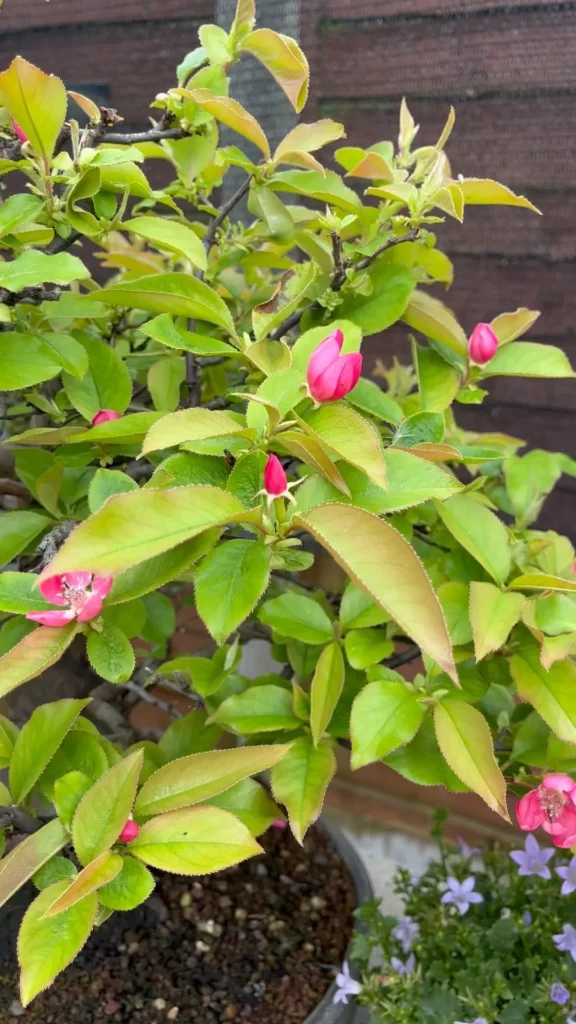
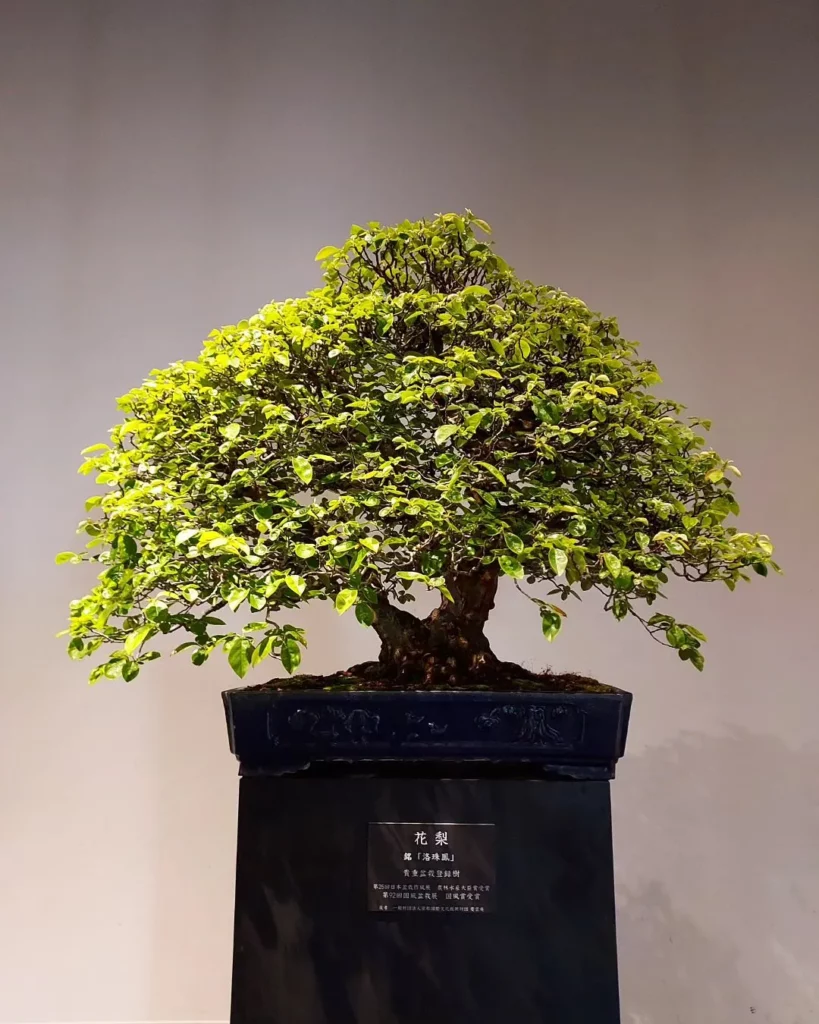
Proper potting is essential for the healthy growth and development of your Chinese Quince Bonsai. When it comes to potting and repotting, follow these guidelines to ensure your bonsai thrives.
Repotting Schedule
Young Chinese Quince Bonsai trees should be repotted every two years, while older trees can be repotted every three to five years. This allows the tree to establish new roots and replenish nutrients in fresh soil.
Choosing the Right Soil Mix
Use a well-draining soil mix that promotes good airflow and prevents waterlogging. A mixture of organic bonsai soil, perlite, and coarse sand or grit works well for Chinese Quince Bonsai. Opt for a neutral or slightly acidic soil to provide the ideal growing conditions for your tree.
Potting Process
- Before repotting, gently remove the tree from its current pot, being careful not to disturb the root system too much.
- Trim any damaged or excessively long roots to maintain a healthy root structure.
- Place a layer of soil mix at the bottom of the new pot.
- Position the tree in the pot, ensuring it is centered and at the desired angle.
- Add more soil mix around the roots, gently packing it in to provide stability.
- Water the tree thoroughly to settle the soil and remove any air pockets.
Propagation of the Chinese Quince Bonsai
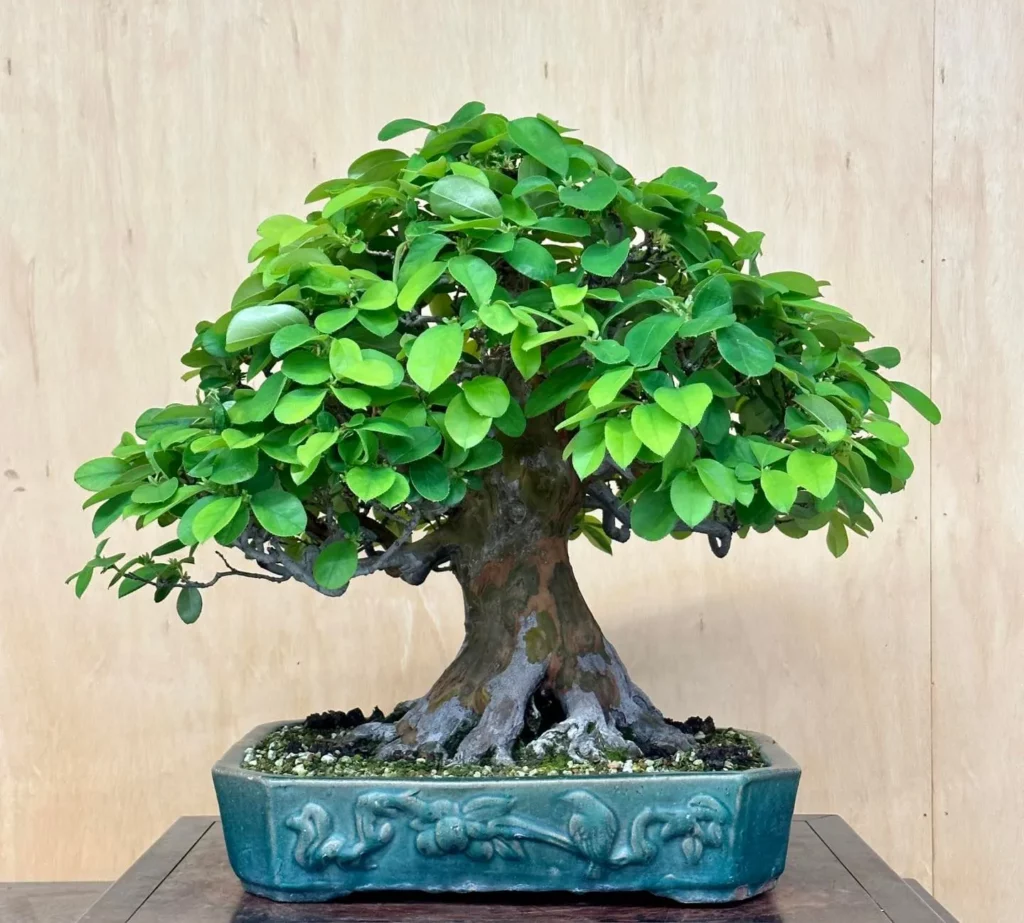
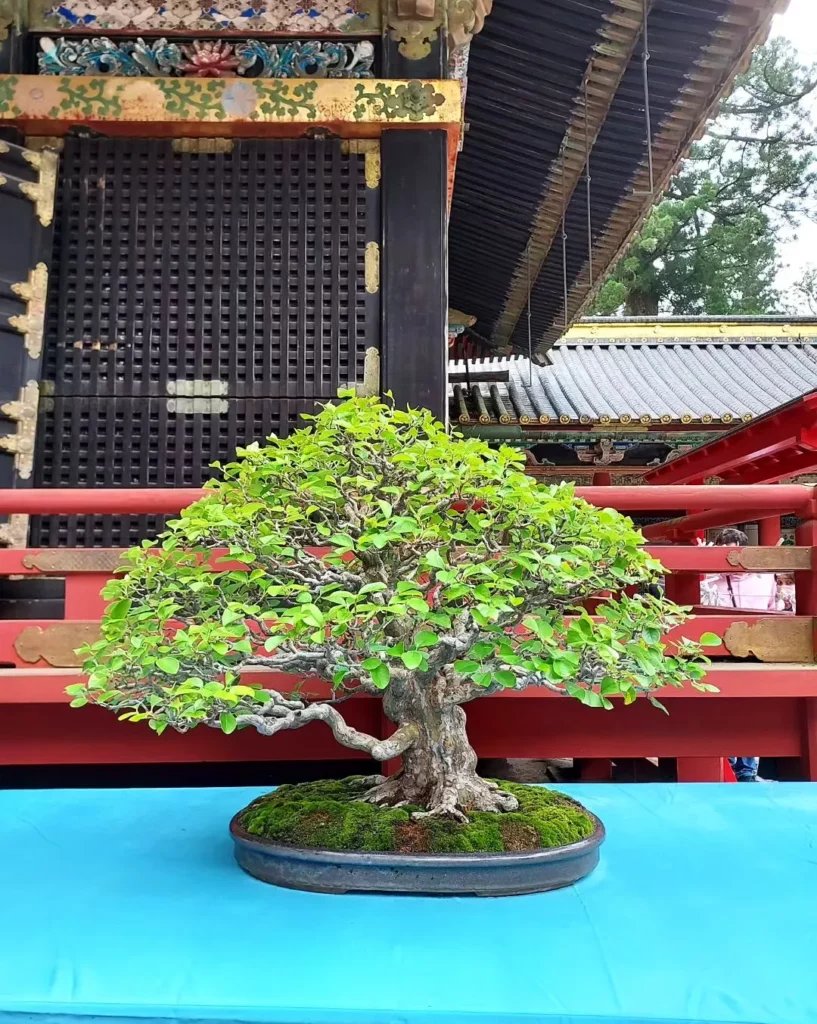
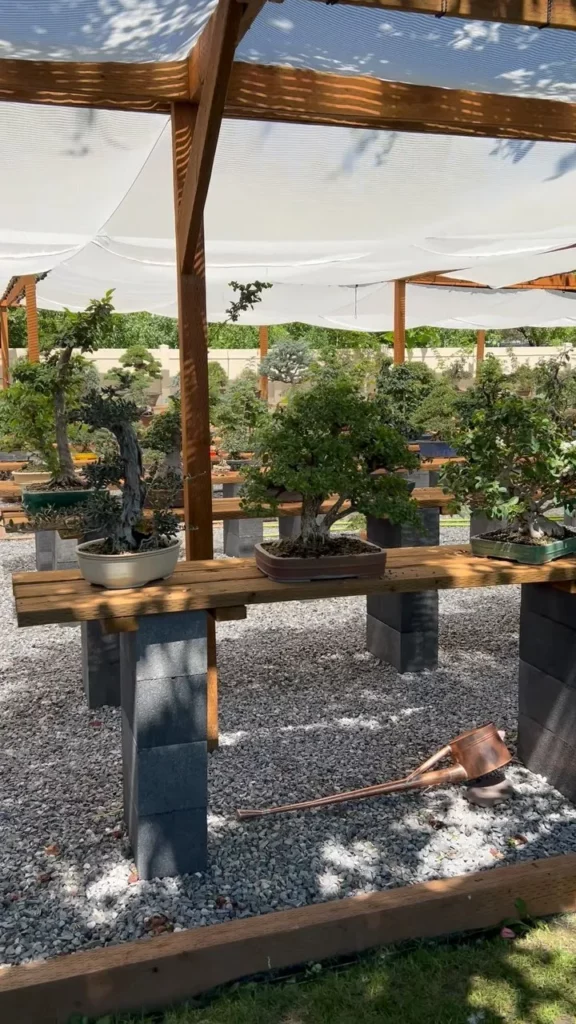
Propagating your Chinese Quince Bonsai can be an exciting and rewarding process. There are several methods you can use to propagate this beautiful bonsai tree, including seed propagation, softwood cuttings, and air-layering. Each method has its own requirements and success rates, so it’s important to choose the approach that suits your preferences and circumstances.
Seed Propagation
Seed propagation is a popular method for growing Chinese Quince Bonsai from scratch. To start, collect ripe fruits from the parent tree and extract the seeds. Soak the seeds in water for 24 hours, then plant them in a well-draining soil mix. Keep the soil moist and place the pot in a warm, sunny location. It may take several weeks or even months for the seeds to germinate. Once the seedlings have sprouted, you can transplant them into individual pots and continue their care as young bonsai trees.
Softwood Cuttings
Softwood cuttings involve taking a stem cutting from the parent tree during the summer months when the branches are flexible and actively growing. Select a healthy branch and cut a section that is about 4-6 inches long, making sure to include a few leaves. Remove the lower leaves and place the cutting in a container with a well-draining rooting medium. Keep the soil consistently moist and provide the cutting with bright, indirect light. After a few weeks, roots should begin to develop, indicating successful propagation. Transplant the rooted cutting into a bonsai pot and continue its care as a new Chinese Quince Bonsai.
Air-Layering
Air-layering is another effective method for propagating the Chinese Quince Bonsai. Start by selecting a healthy branch and making a small incision or removing a strip of bark about one-third of the way through the branch. Apply rooting hormone to the exposed area and pack it with moist sphagnum moss. Cover the moss with plastic wrap, securing it tightly with twine or tape. Over time, roots will grow into the moss, and you can then separate the new plant from the parent tree by cutting below the rooted area. Transplant the newly propagated Chinese Quince Bonsai into a suitable pot and provide it with the necessary care.
Pruning and Wiring the Chinese Quince Bonsai
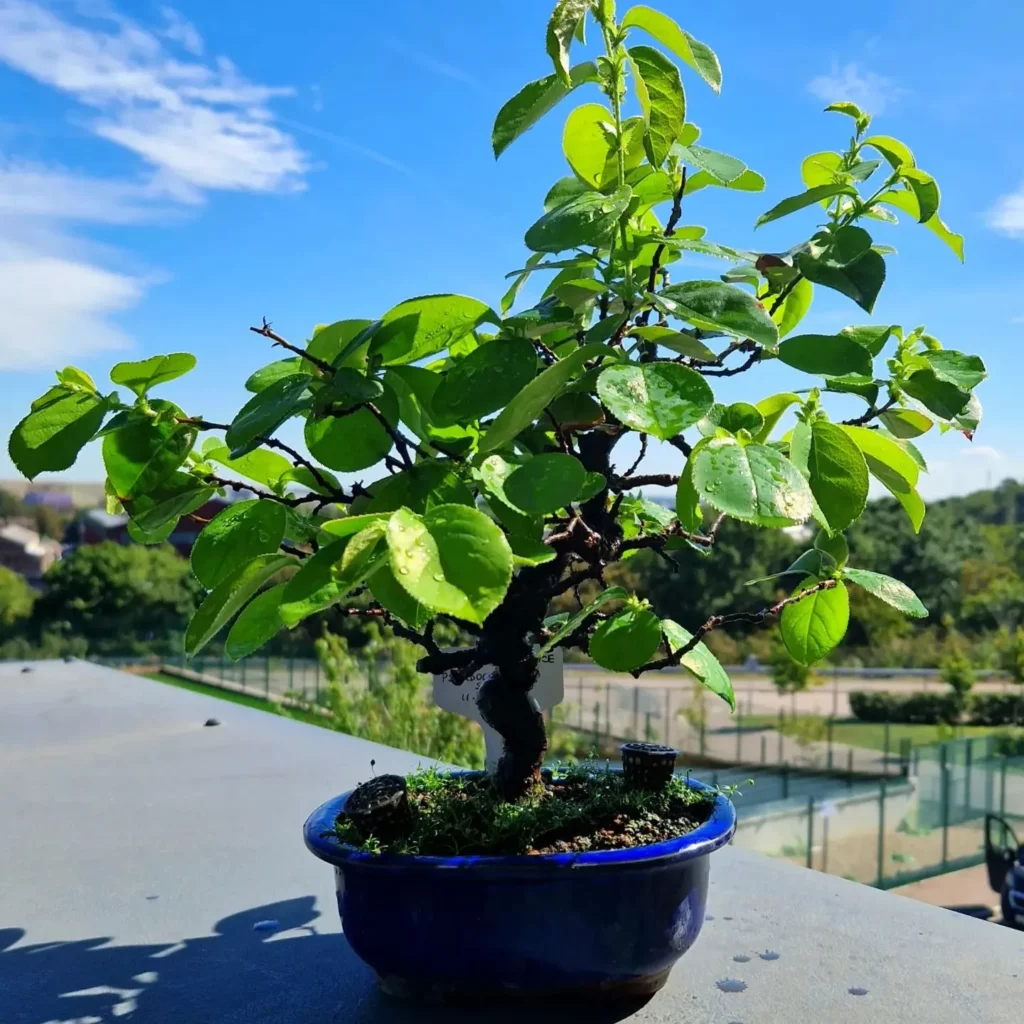
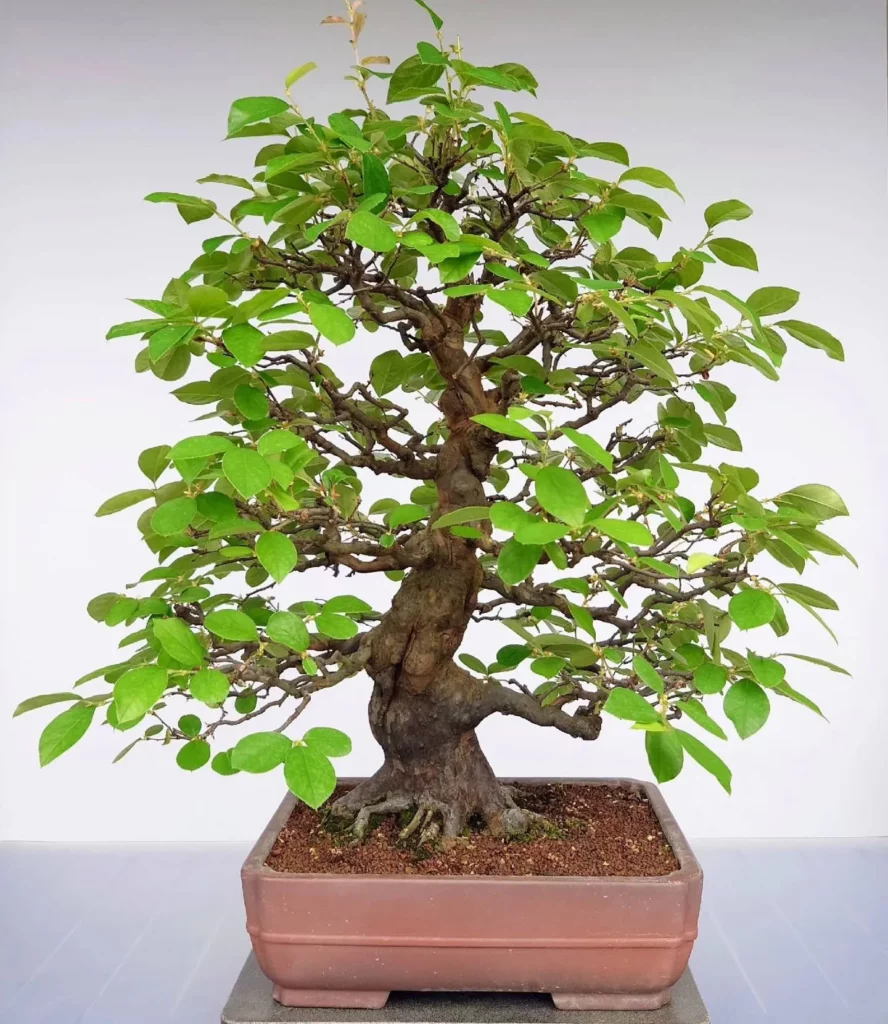
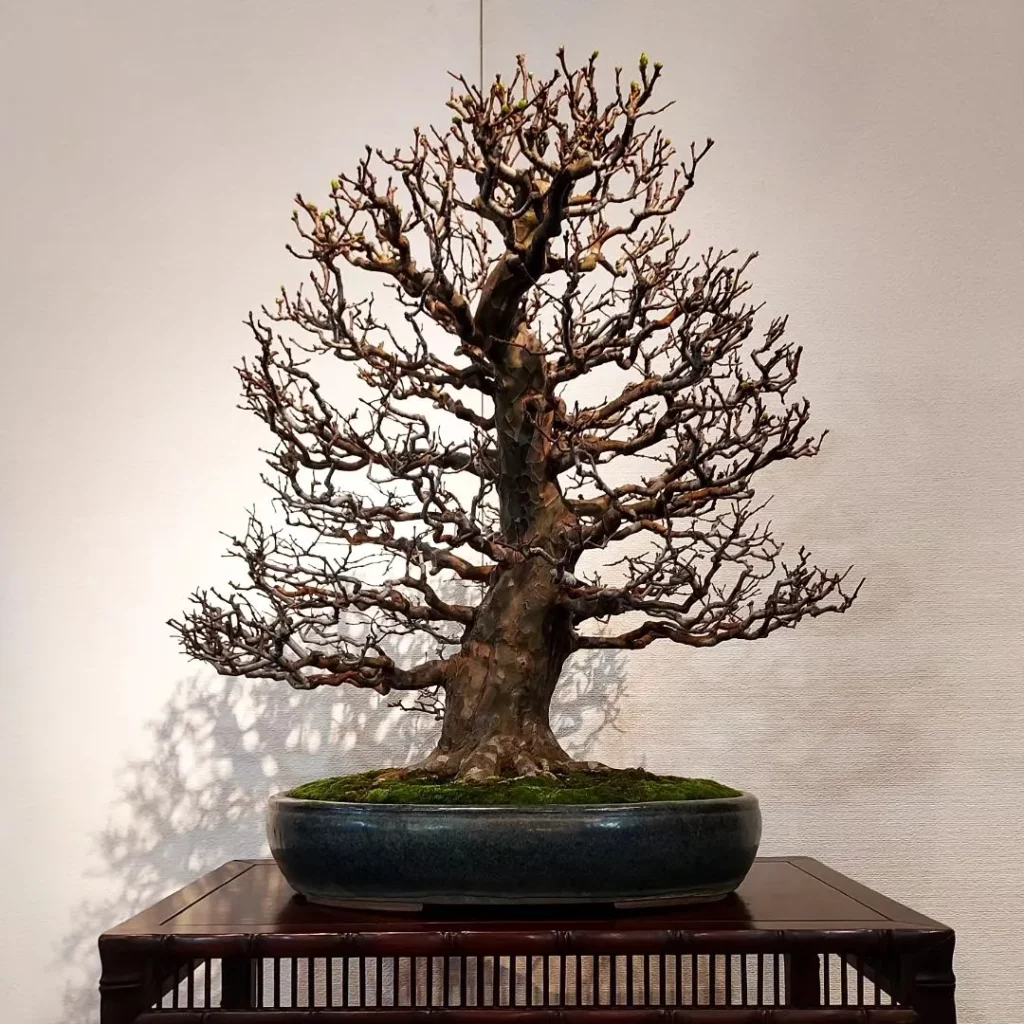
Proper pruning and wiring techniques are essential for maintaining the shape and health of your Chinese Quince Bonsai. By following these guidelines, you can enhance the aesthetic appeal and promote optimal growth of your bonsai tree.
Pruning
- When it comes to pruning your Chinese Quince Bonsai, it’s important to avoid trimming the new shoots until after the flowers have appeared. This allows the tree to fully bloom and showcase its beauty.
- Once the tree has bloomed, trim the new shoots to two leaves when they have elongated. This helps maintain balance and encourages new growth.
- If you find that the canopy of your bonsai has become too dense, remove some of the larger leaves. Additionally, consider reducing the size of the remaining outer leaves by folding them along their length and making a diagonal cut.
Wiring
- Wiring can be done in autumn when the leaves have fallen. This allows for easier manipulation of the branches without causing damage to the delicate new buds.
- When wiring, make sure to use bonsai wire that is flexible and won’t dig into the bark. Gently wrap the wire around the branches, creating the desired shape.
- Be careful not to wire too tightly, as this can cause damage to the branches. Regularly check the wire to ensure it isn’t cutting into the bark and make adjustments as needed.
Dealing with Pests and Diseases of the Chinese Quince Bonsai
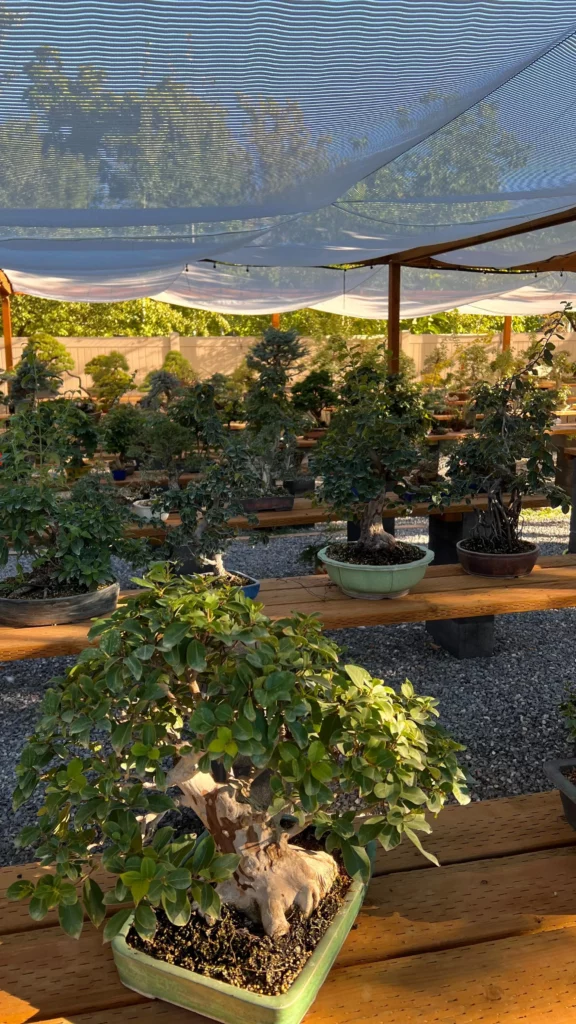
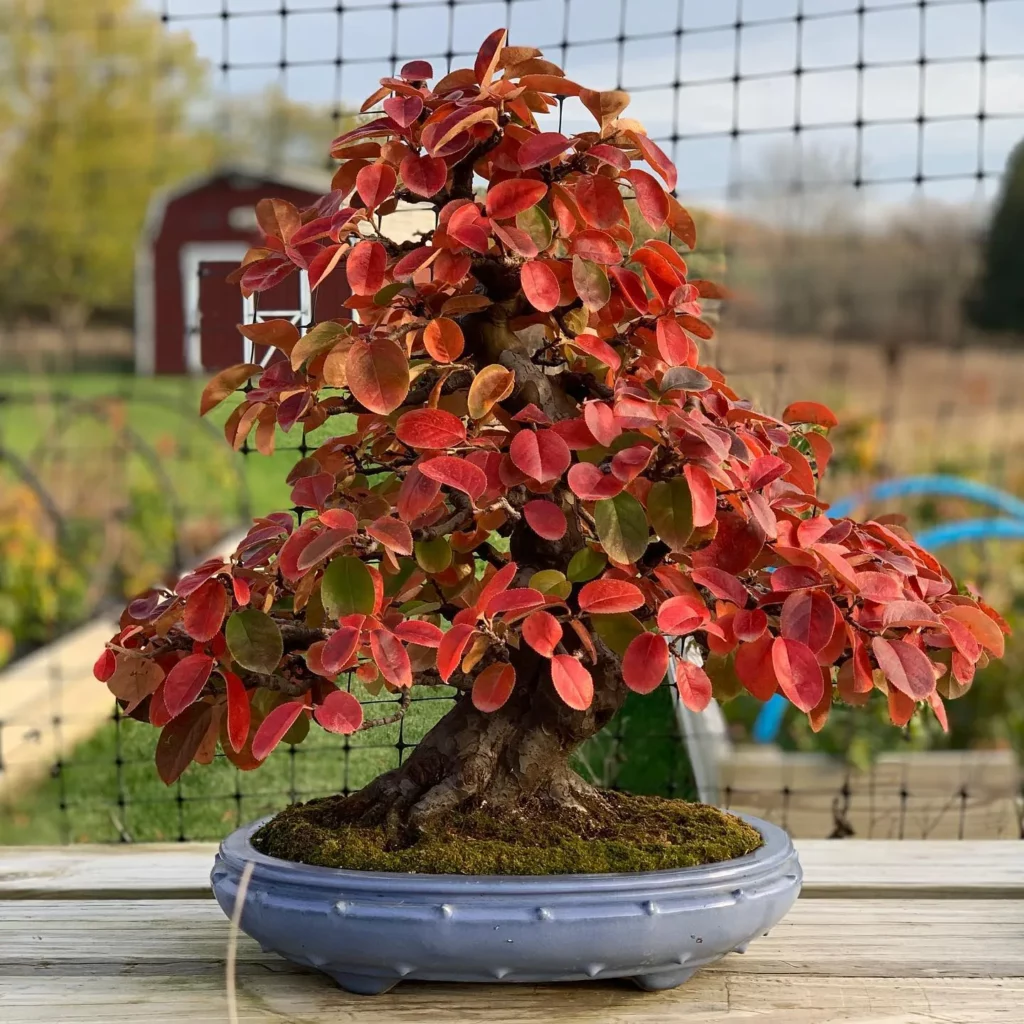
While the Chinese Quince Bonsai is a stunning tree to have, it can be susceptible to various pests and diseases. It is essential to stay vigilant and take immediate action if you notice any signs of infestation or infection. By addressing these issues promptly, you can ensure the health and vitality of your bonsai tree.
Common Pests:
- Aphids: These tiny insects feed on the sap of the tree and can cause curling leaves and stunted growth. Use an appropriate pesticide to control aphid infestations.
- Scale Insects: These pests attach themselves to the stems and leaves of the Chinese Quince Bonsai, sucking out the sap. They can be challenging to spot due to their protective scales. Use an insecticidal soap solution or horticultural oil to eliminate scale insects.
- Weevils: Weevils are beetles that can chew on the leaves and buds of your bonsai tree, causing significant damage. Apply a suitable insecticide to get rid of these pests.
Common Diseases:
- Fire Blight: This bacterial infection affects the Chinese Quince Bonsai, causing blackening and withering of the branches and leaves. Prune and destroy infected parts immediately to prevent the spread of the disease. Use a copper-based fungicide to control fire blight.
It is important to note that prevention is key in maintaining the health of your Chinese Quince Bonsai. Regularly inspect your tree for any signs of pests or diseases, and take preventive measures such as proper watering, good airflow, and maintaining optimal growing conditions. Applying a suitable pesticide or treatment recommended for bonsai trees can help prevent infestations and infections.
Winter Care for Chinese Quince Bonsai
During the winter months, it is crucial to provide proper care for your Chinese Quince Bonsai to ensure its survival and prepare it for a healthy growth season. Here are some essential tips to protect your bonsai tree from the harsh winter conditions:
1. Protection from Frost
The Chinese Quince Bonsai can tolerate some frost, but it’s still important to provide extra protection. Before the first frost arrives, move your bonsai tree to a sheltered location, such as a garage or a shed. If that’s not possible, consider wrapping the tree with burlap or frost cloth to provide insulation against the cold temperatures.
2. Cold Frame
Creating a cold frame is an excellent way to shield your Chinese Quince Bonsai from extreme weather conditions. A cold frame is essentially a mini greenhouse that traps heat and creates a microclimate for your bonsai. Build a sturdy frame with transparent material, like polycarbonate or glass, and place it over your bonsai tree. This will provide protection from cold winds, frost, and excessive moisture.
3. Limited Watering
During winter, the Chinese Quince Bonsai enters a dormant phase, and its water requirements decrease. Be mindful of overwatering, as excess moisture can lead to root rot in the cold season. Monitor the moisture levels of the soil and only water when necessary. Allow the soil to dry out slightly between waterings to prevent waterlogged conditions.
Conclusion
Thank you for reading our comprehensive Chinese Quince Bonsai care guide. By following the tips and guidelines provided, you can ensure the health and vitality of your bonsai tree. Remember to pay attention to the appearance of your Chinese Quince Bonsai, providing it with adequate light and water, fertilizing regularly, potting it in the right soil mix, and propagating when necessary. Additionally, pruning and wiring will help maintain its shape and health, while protecting it from pests and diseases is crucial for its overall well-being. Lastly, don’t forget to provide winter care to protect your Chinese Quince Bonsai from frost and cold winds.
With these simplified care instructions, you can create a stunning focal point in your space and enjoy the beauty and elegance of a thriving Chinese Quince Bonsai. Embrace the rewarding experience of bonsai cultivation and watch your tree flourish. If you have any further questions, feel free to consult our guide or reach out to a bonsai expert. Happy gardening!
FAQ
What is the scientific name of the Chinese Quince Bonsai?
The scientific name of the Chinese Quince Bonsai is Pseudocydonia sinensis.
What does the Chinese Quince Bonsai look like?
The Chinese Quince Bonsai has glossy dark green oval leaves, pink flowers in spring, and bright yellow fruits. The bark is dark brown and smooth, peeling off in patches as it grows. The leaves turn vibrant shades of orange and red in autumn.
What are the light requirements for the Chinese Quince Bonsai?
The Chinese Quince Bonsai thrives in a sunny and warm environment. It requires direct sunlight to promote healthy growth, flowering, and fruit development.
How should I water my Chinese Quince Bonsai?
Keep the rootball slightly moist at all times, especially during the summer season when it is blooming and producing fruits. If the rootball becomes dry, you can submerge the entire pot in water until no more air bubbles rise to the surface.
How often should I fertilize my Chinese Quince Bonsai?
It is recommended to fertilize your Chinese Quince Bonsai every four weeks with a solid organic fertilizer or every week with a liquid fertilizer during the growing season. Choose a balanced fertilizer that contains phosphorous and potassium.
How should I pot my Chinese Quince Bonsai?
Use a well-draining soil mix and repot younger trees every two years, and older trees every three to five years. The Chinese Quince Bonsai thrives in neutral or slightly acidic soils.
How can I propagate my Chinese Quince Bonsai?
You can propagate the Chinese Quince Bonsai through seeds, softwood cuttings, or air-layering. Each method has its own requirements and success rates, so choose the most suitable one for your bonsai tree.
How should I prune and wire my Chinese Quince Bonsai?
Avoid trimming new shoots until the tree has bloomed. After blooming, trim the new shoots to two leaves. If the canopy becomes too dense, remove larger leaves and reduce the size of remaining outer leaves. Wiring can be done in autumn when the leaves have fallen.
How do I deal with pests and diseases on my Chinese Quince Bonsai?
Use specific pesticides or treatments recommended for bonsai trees to control and prevent pests and diseases such as aphids, scale insects, weevils, and fire blight. Regularly inspect your bonsai tree for any signs of infestation or disease and take immediate action.
How should I care for my Chinese Quince Bonsai during winter?
Protect your Chinese Quince Bonsai from strong frost and cold winds using a cold frame or suitable protection. This will help ensure its survival and prepare it for a healthy growth season.
How do I care for a Chinese Quince Bonsai?
Follow the guidelines provided in this care guide, which include paying attention to appearance, providing adequate light, proper watering, regular fertilizing, using the right soil mix for potting, propagating when necessary, pruning and wiring to maintain shape and health, protecting from pests and diseases, and providing winter care.




